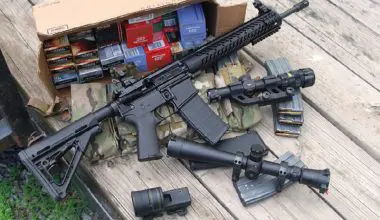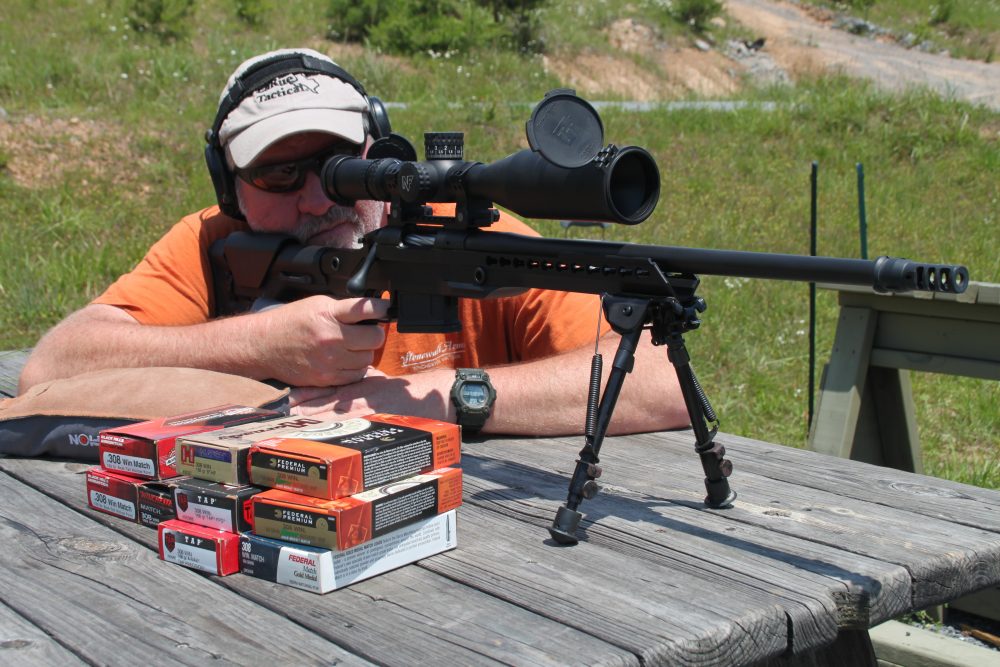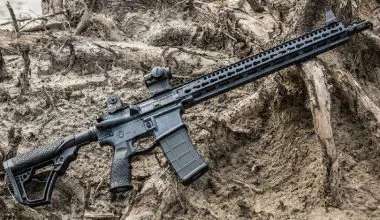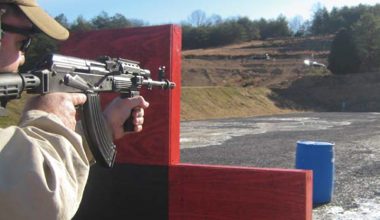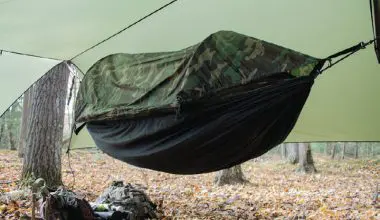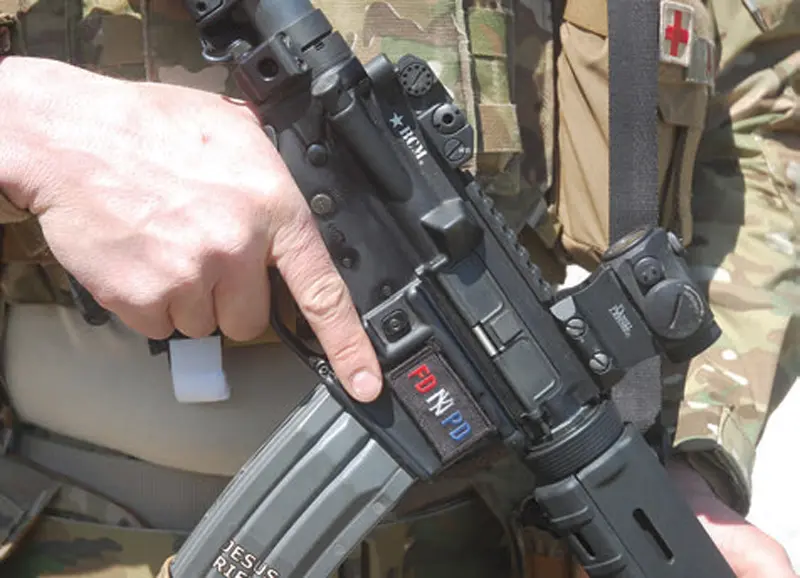
THE term “pistol grip” is actually a misnomer when applied to long guns. For the M16 Family of Weapons (FOW), the nomenclature for the original grip was Grip, Rifle, Plastic, Black, NSN 1005 00 056 2250. When the M16A2 was introduced, the grip was modified to add a finger bump. The name remained the same but the NSN was changed to NSN 1005-01-148 4805. It has been around for a long time and, while the finger bump can be annoying to some, it is a good piece of gear.
Table of Contents
GRIP PROBLEM
The one exception is the gap between the rifle grip and trigger guard. This space becomes aggravating for those who shoot a lot. The sharp edges within that space rub on the middle finger of the strong-side hand. Savvy shooters stuffed a foam ear plug or shot some silicone sealer into this hole to alleviate the issue.
The aftermarket Magpul Trigger Guard solves that problem by covering the hole up, as do other aftermarket Rifle Grips like the excellent TangoDown BG-16 and BG-17 Battlegrips.
Paul Buffoni, the dynamic owner of Bravo Company USA, is a shooter, and makes note of what he sees, hears and experiences at classes. A lot of what we see in his catalog is the direct result of his hands/eyes on at classes.
Paul looked at an old copy of his Guidebook for Marines and contrasted the old Rifle Team-influenced shooting style of days gone by with the Gunfighting style that we are using now (and should have been using then).
When Eugene Stoner designed the gun, he had a pretty good idea as to how it would work. The grip angle on the original (and all follow-on U.S. military guns and almost 100% of the commercial guns) was at approximately 30 degrees. This fit the then-current doctrine of cranking the strong-side elbow up.
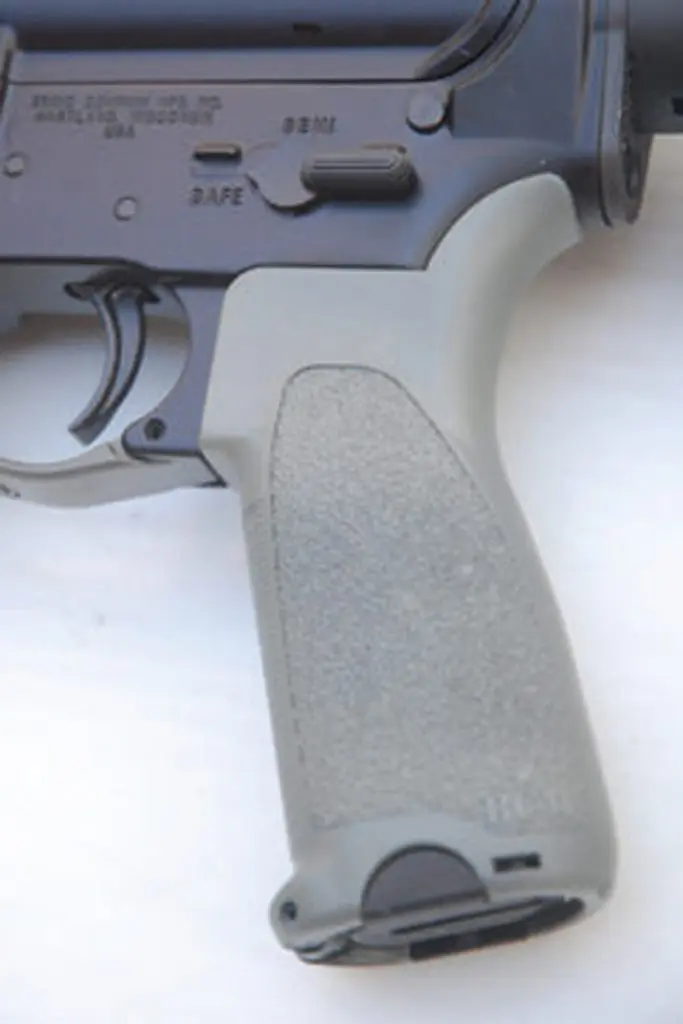
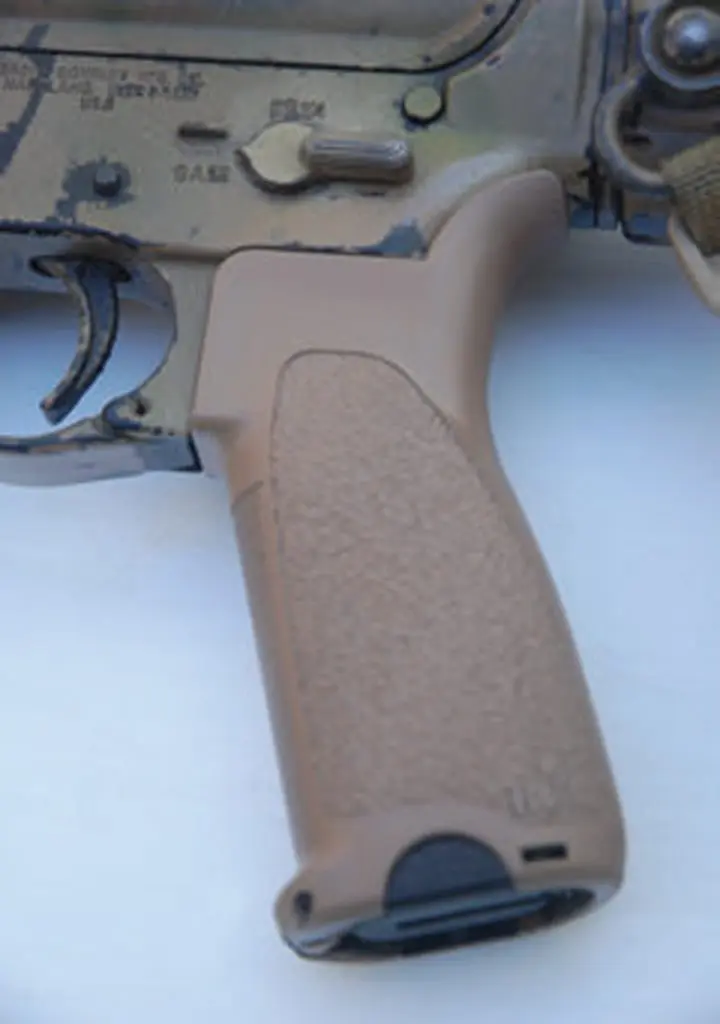
GRIP ANGLES
We know a lot more about fighting with guns now than we did in the 1950s, and we don’t run a high elbow any more. But that 30-degree grip angle was and is pretty much GTG when we’re getting our flame on. So why the change?
We carry guns way more than we shoot them. And we carry them preparatory to using them more than ever. That grip angle may not be so good now. The big question should be, how much does it compromise your shooting? Subjectively, the answer is not at all.
A great many who carry guns for a living have little or no say in how they are configured. They are issued the weapon that was chosen, and that is the end of it. For some, there is a choice, and we will go far and wide to modify, massage, vary, shape or reform our pistol, carbine, shotgun or whatever to make it feel better, with the end state of being able to shoot it more efficiently.
Things that influence how we interact with a carbine are the stock, rifle grip, forend/vertical foregrip, sighting system and sling. They are all more or less equal, and each one interacts with the other and ultimately will interface with the shooter. As with everything else in this business, nothing operates in a vacuum.
As an example, the Glock’s grip angle has always felt awkward to me. I had to force my wrist down to get the gun to point more naturally. However, after about 50 rounds through the gun, it felt GTG.
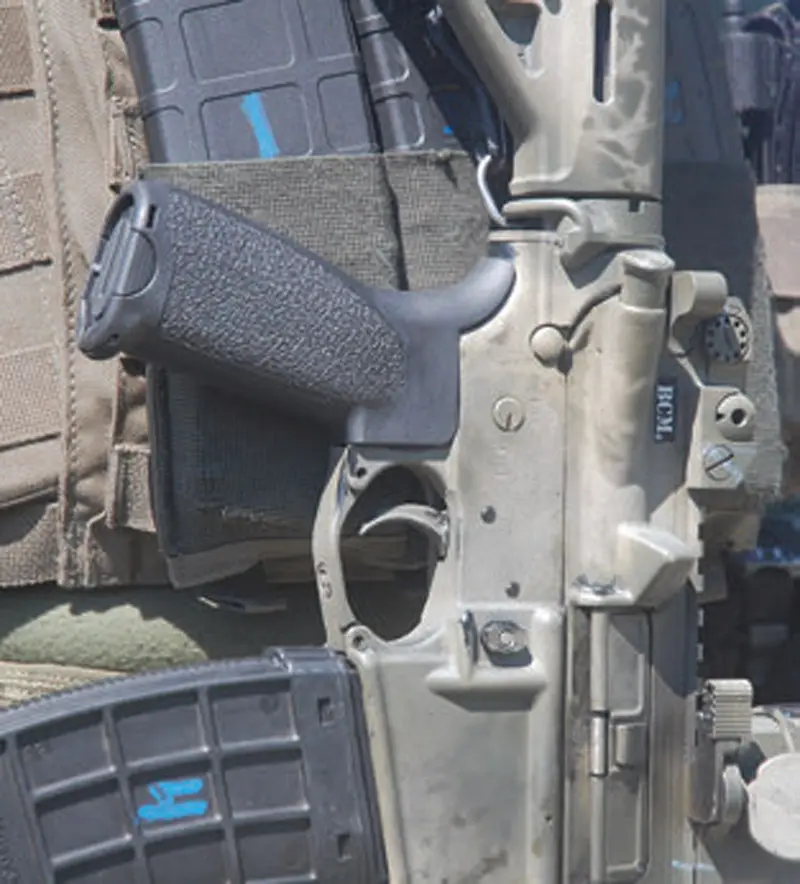
I have been shooting one variant or another of the M16 FOW since the 1960s, and the rifle grip has never felt “bad” to me. As time progressed and I shot more (a whole lot more), I realized that the gap between the grip and the trigger guard could irritate my middle finger, and the bump on the A2 grip likewise was annoying.
AFTERMARKET GRIPS
When aftermarket grips became popular, I realized that some of them subjectively felt better than others for a variety of reasons. This could include filling the hand better, filling the gap between the grip and the trigger guard, and offering different sizes to fit different sized and shaped hands.
There is a law of unintended consequences to this as well. I had a female student who had great difficulty manipulating the selector switch. I noticed that she had to change her grip every time she moved the selector. Looking more closely, I realized that her aftermarket rifle grip was much too large for her hands. It turns out that her boyfriend used a larger rifle grip because it permitted his large hands to work the trigger better. Worked for him. Sucked for her.
Use the right tool for the job, and all will be well.
Over the years, I have used the TangoDown BG16, Magpul MIAD and Ergo grip with good results. They are all excellent rifle grips, made by good companies that are shooter driven.
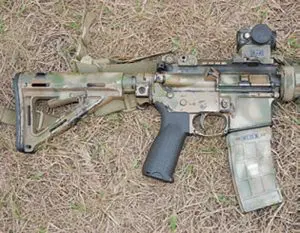
GUNFIGHTER GRIP
Bravo Company looked at this as being an evolutionary change to the system, and not revolutionary. For those who know him, Paul carefully calculates everything that comes down the pike. He spends a lot of time prototyping and running limited numbers of specific items in the hands of those whom he trusts. The resultant feedback ensures a good end product.
The Gunfighter Grip comes in two versions: Mod 0 and Mod 1. Both have an angle of 18.5 degrees, which offers a compromise between carrying without damaging your wrist and more efficient shooting. The Mod 0 is a smaller version, approximately the same diameter as the A2 Rifle Grip. The Mod 1 has a beavertail in the back, slightly increasing the diameter of the grip.
Each grip comes with two modular inserts, which fit into the forward portion of the grip where it joins the aft portion of the trigger guard. The first is an extended modular insert, which works best for the milspec lower receivers and their clones, with the OEM straight trigger guard.
The smooth modular insert works best for those trigger guards that cover the gap at the back end. The ubiquitous Magpul Trigger Guard and SLR15 Sully trigger guard are two examples of the best of the aftermarket types.
The bowed trigger guard has grown on me. Initially I thought it was ugly, but realized that I was placing form over function. I like the idea of the curved trigger guard because I normally shoot with gloves, and this extra space prevents the gloves from rubbing against anything. They are so common now that when I see an OEM trigger guard, I think that is ugly.
My hands are not large and I can use either the Mod 0 or the Mod 1, but the Mod 1 feels better for me. The beavertail adds a bit more mass and puts my finger where I like it, but the difference is not great.
The Gunfighter has a hinged access door with a watertight gasket. If you are running an EOTech, this is another good place to store your batteries.
PERFORMANCE
How does the Gunfighter Grip perform?
At my company, EAG Tactical, we send a fair amount of 5.56mm downrange every year, and almost all of it is through AR-type guns. But I carry the carbine a lot more than I shoot it, so the handling of the gun is a near-constant issue for me. There is no doubt that the 18.5-degree grip angle makes it much more comfortable to carry.
Fair enough. But is there a penalty in shooting performance? From my perspective, and with a sample of one, no. I have not experienced any degradation in either speed or accuracy, and that is not a surprise. Paul knows what he is doing, and spent a lot of time in the design and prototype stages.
The Gunfighter Grip is made in the USA and comes in Target Indicator Black, Flat Dark Earth and Foliage Green.
The mission drives the gear train. Find the very best gear you can afford, and then find the best training you can get. And when you finish, train some more.
